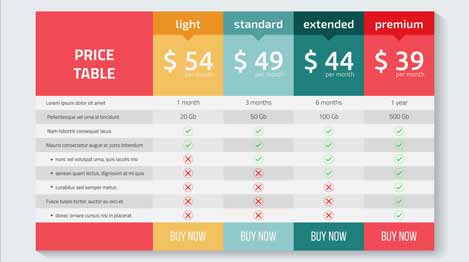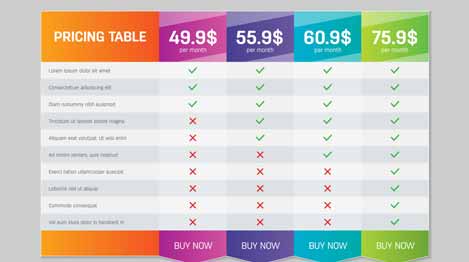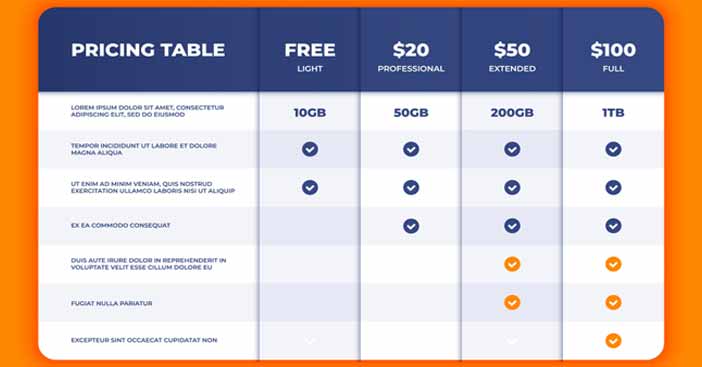How Much to Charge for Web Hosting
Web host pricing is all over the place which meant figuring out how to price my services was seriously difficult. I don’t want that for you! That’s why; in this blog post I share how much to charge for a website, 2 pricing strategies for freelance designers, and how to price you as a freelancer, small business owner, entrepreneur, or self employee. Advice for whatever stage you are in your web design business. Place or Add your Email Option and Insert on Your Website, this is the best method to be famous.

When you are first starting as a web hosting worker on any website it can be overwhelming to set your prices. Do you charge hourly? Do you create a package price? Do you start low… at like 100? Or do you go all in and charge at least 1,000 from the very beginning? Now we will see the result for how much should I charge as a web hosting? or “average amount for web hosting worker in other sites,” or even “how much you should charge to build a web hosting” and you’ve found other web host worker on Face book or through Google, or other media and checked out their prices. You may get your bid rate or bet your bid rate when you are an expert in web hosting. All that can leave you more confused than ever.
Different Ways to Charge As a Web Hosting
There are two ways to charge as a web hosting when it comes to one-time projects. When I say a one-time project I mean, building a new website or redesigning a website but not continuing to work with the client after the project is complete. There are two ways to charging the cheap web hosting, which is charging hourly, charging a flat rate. When you charge hourly, you determine the value of one hour worked, track your hours, and then invoice the client at the end of the project or in milestones by multiplying the value of one hour worked by the number of hours you worked on the project. When you select the hourly rate it will be calculated as Value of One Hour Worked (Hourly Rate) x Number of Hours Worked = Total Project Price. Charging by the hour has it is benefits but it also has it is consequences. Let’s dive into those below.

When you charge a flat rate, you determine a price for the work upfront and invoice on a predetermined schedule based on that rate. If your flat rate was more you could get an invoice in a bunch of different ways. When you try a bunch of invoices with the best quality it may consist of more payment or charge. It will have more benefits such as you are paid for the On-Going Value the Website Provides. Instead of being paid just for the hours you worked, you’re getting paid for the value the website provides your client for months or years to come.

